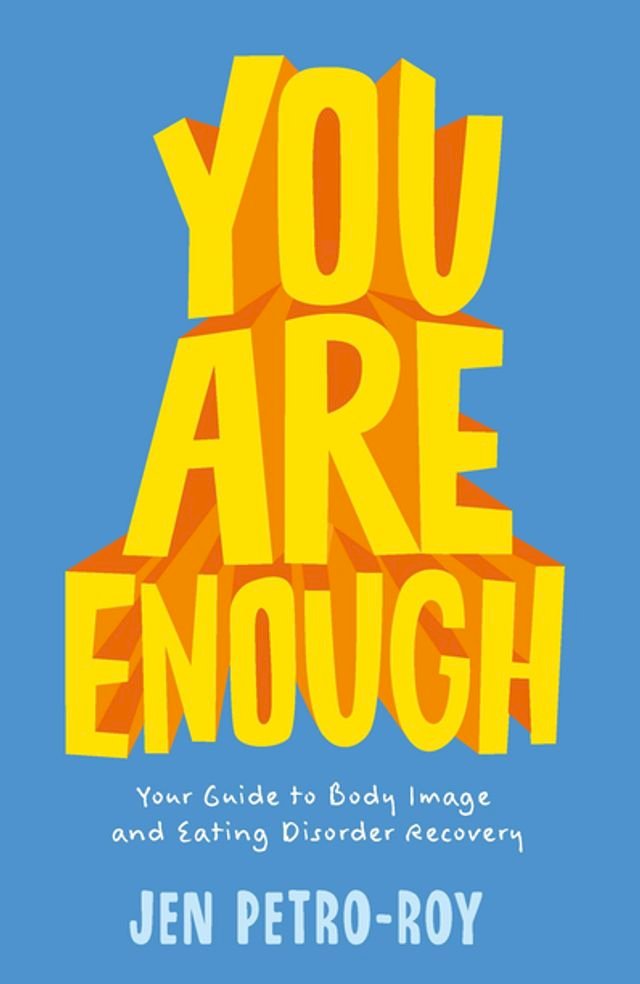
For kids, this is an even more necessary process, because they don’t have as much life experience. When I'm reading, it’s reassuring to see that I’m not the only one going through a specific situation.and it’s even more reassuring to see that characters can find their way through, triumph, and thrive. They want to read about kids going through struggles-with homelessness, with difficult family situations, with friend troubles, with illness, and more-because they are often going through the same struggles themselves. Jen: In my job as a librarian, I found that kids often sought out books about tough topics. Mary Ann: You're so right - kids are really beginning to wrestle with big issues. That’s why I love writing for middle grade readers. All those things we try not to think about. What matters most in our short and magical lives. Babbitt is perhaps best known for her remarkable novel for middle grade readers, Tuck Everlasting, which Anne Tyler called “one of the best books ever written - for any age.”Īnd what is Tuck about, this little book for children? Immortality. I just wrote an introduction to an essay collection by the beloved children’s writer, Natalie Babbitt ( Barking with the Big Dogs: On Writing and Reading Books for Children, coming out on November 20, 2018). They start asking Big Questions (to the delight and frustration of the adults in their lives): What does fairness mean? Why is there cruelty in the world? What defines who I am? Why did Joey get the biggest meatball?

Children this age are beginning to think about the wider world. Typically that’s defined as children 8 to 12 years of age. Katherine: You’re right that middle grade readers are my favorite audience.

Mary Ann: Katherine, You’ve written for many age levels, from very young children to adults, yet it seems that your sweet spot is middle grade.


 0 kommentar(er)
0 kommentar(er)
